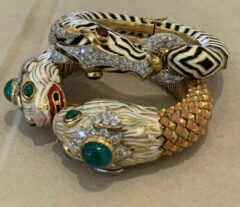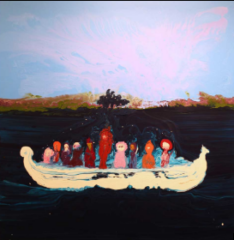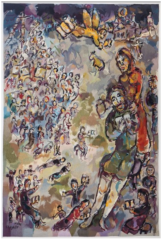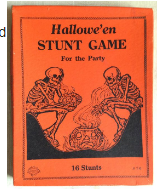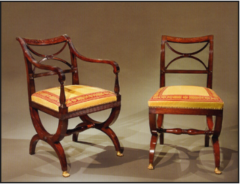Spanish Colonial Art
The rich and widely varied category of Spanish Colonial Art has grown exponentially in the last 10 years, but how do we define and identify it?
What Is It?
Spanish Colonial art includes paintings, sculptures, and decorative objects created in Mexico and South America from 1492 to around 1820. If the year 1492 sounds conspicuous in this context, it is! The beginning of the period is marked by Christopher Columbus’s arrival to the “New World,” marking the beginning of the European conquest on these territories, hence the term “Spanish Colonial.” The end of this period, around 1820, marks the time when Spain began to lose their influence on these colonies and many of today’s Latin American nations came into their own.

How Do We Identify It?
One of the most interesting characteristics of this style is that it is incredibly broad in scope. A wide range of object types, both religious and secular, were produced in this period in a wide range of media. Due to the spread of Catholicism in the region, there are a variety of saints and virgins in sculpture and paintings alike. Portraits of the New World royalty, The Viceroy, are most intriguing, and many types of decorative objects were produced, such as intricately carved wooden boxes. The booming trade routes with Asia, Africa, and Europe had a strong influence on the style, materials used, and types of objects that were produced. This exposure from different continents is a defining characteristic and primary inspiration of the Spanish Colonial style.

This alter panel is a wonderful example of the attention to detail of the objects and the skill of the artisans of this period. This is part of what was likely a much larger altarpiece, all of which was likely as elaborate as this panel. We often times do not have the names of the artists of this period. Only a few are known by name.
How Do I Collect Spanish Colonial Art?
Because of the growth of this category, auctions and dealers alike are offering high-quality objects from this period steadily. Themed auctions can be sourced several times per years, and there are a good amount of reputable dealers and experts in this category that can be sourced quite easily.
Image 1: Saint John the Evangelist, 17th century, feather mosaic and paper on copper. (Collection of Daniel Liebsohn, loaned to Museo Nacional de Arte, Mexico City
Image 2: elaborately carved 17th-century silver altar panel in the collection of Kruizenga Art Museum, Hope College, Holland, MI.


